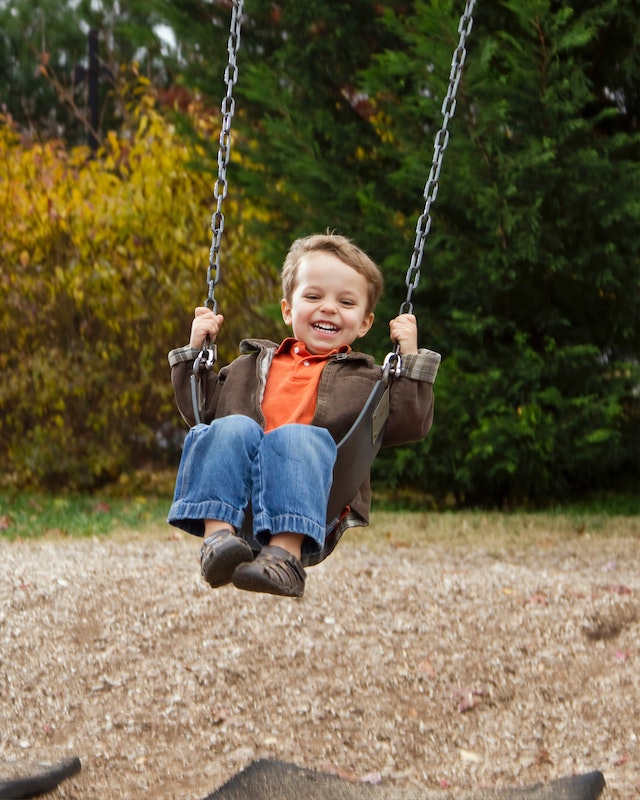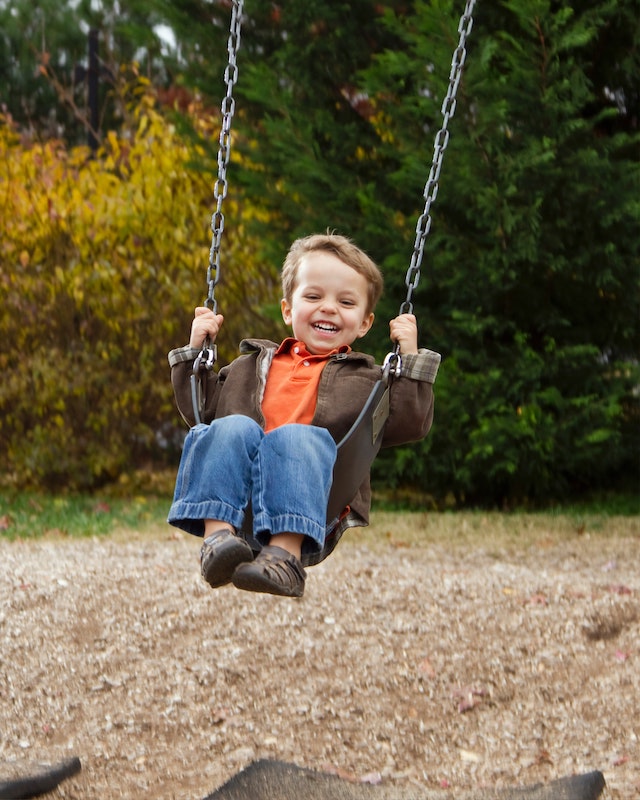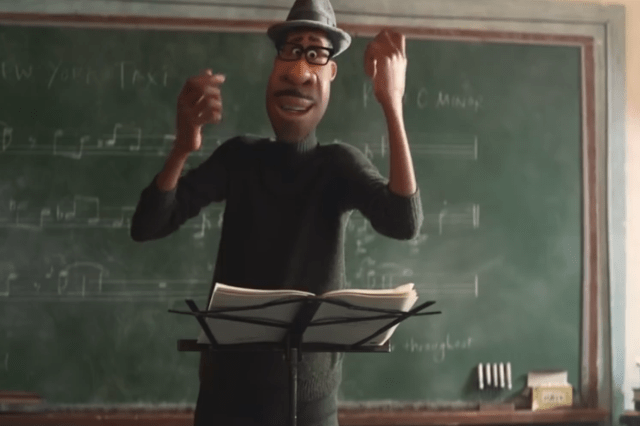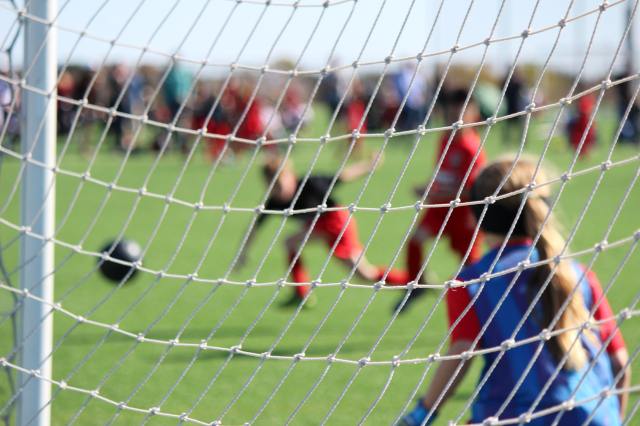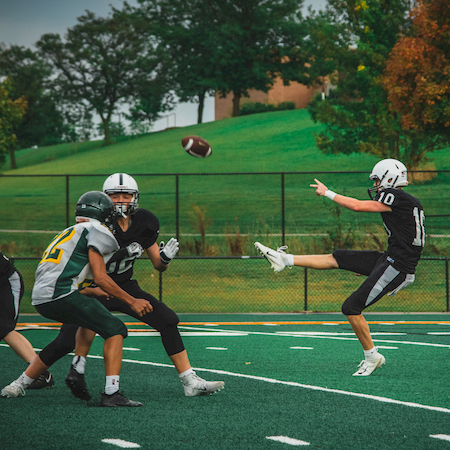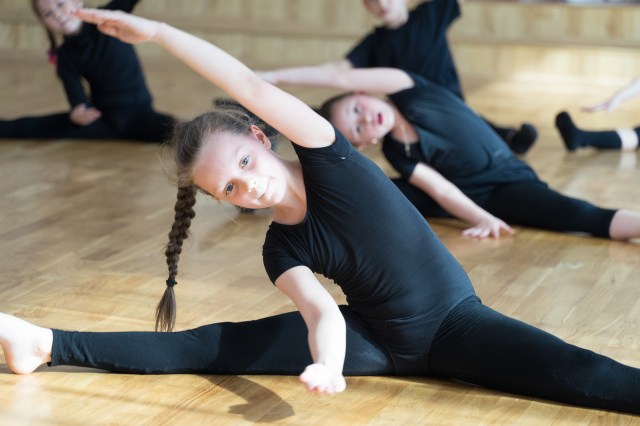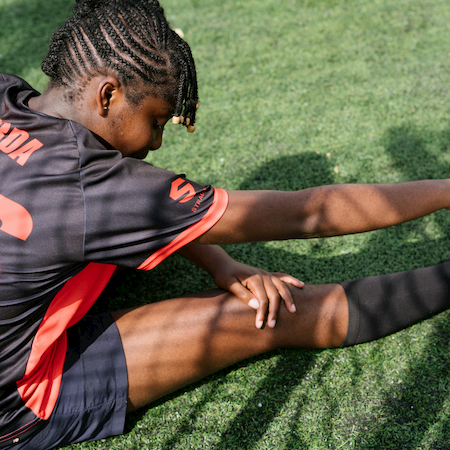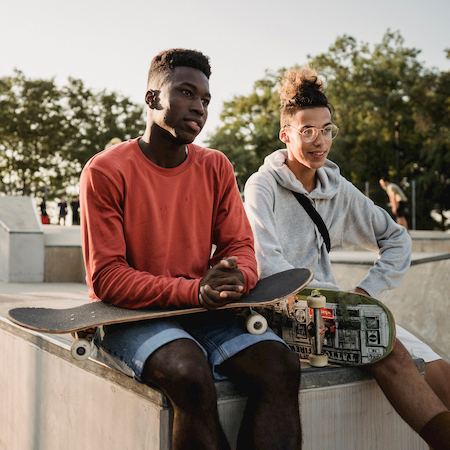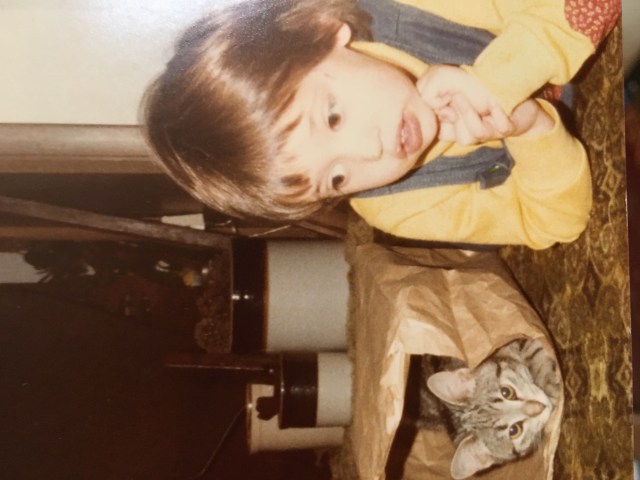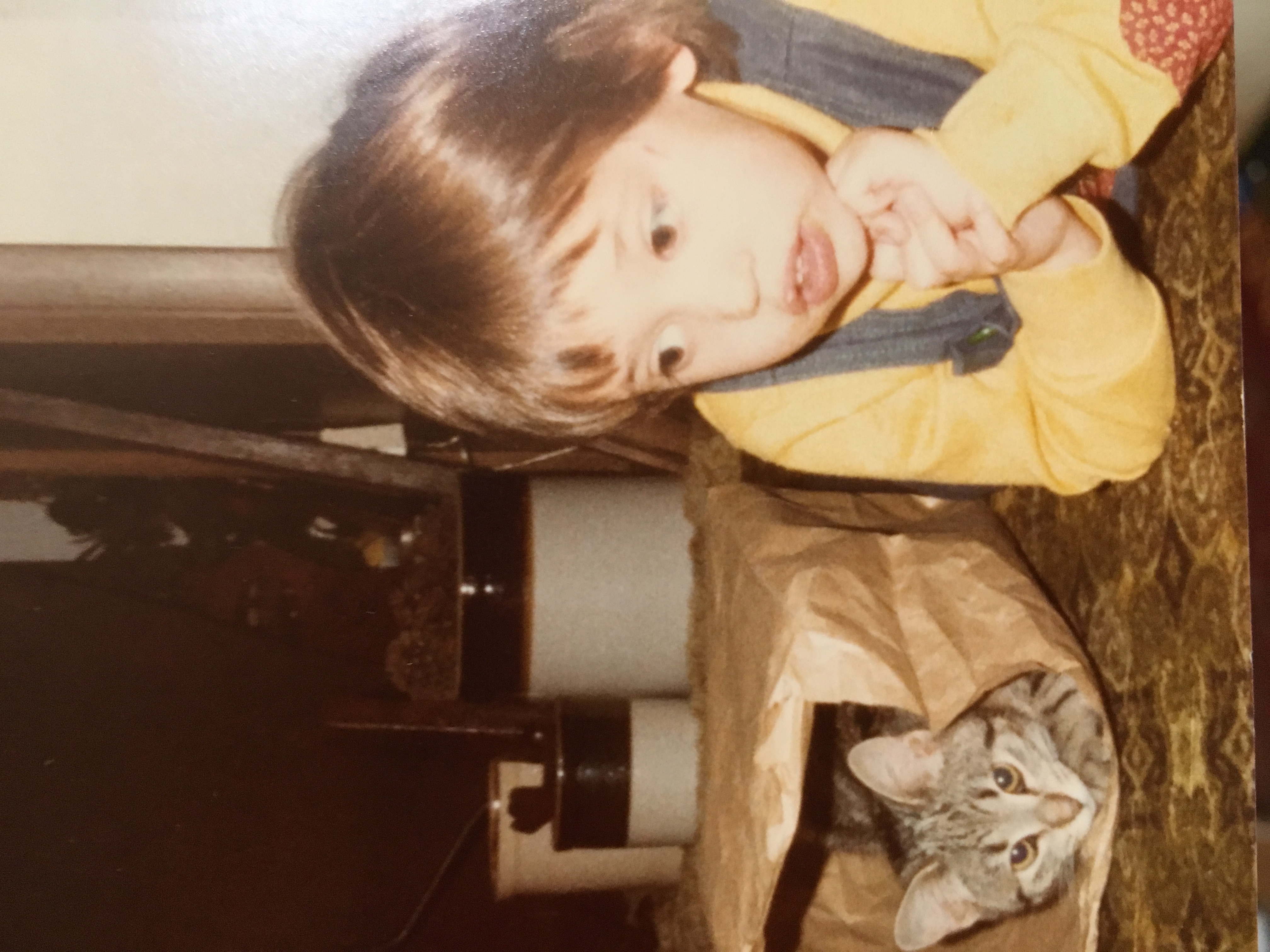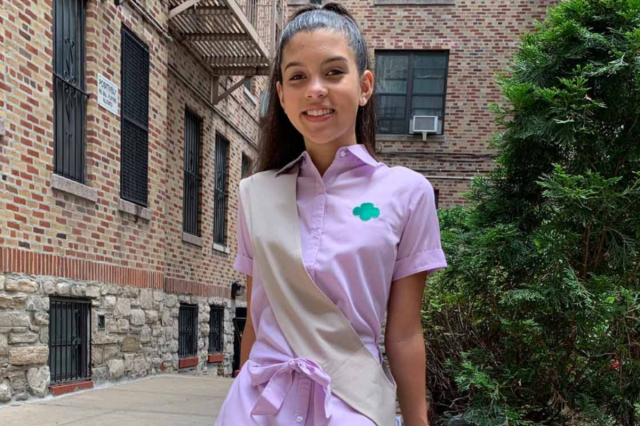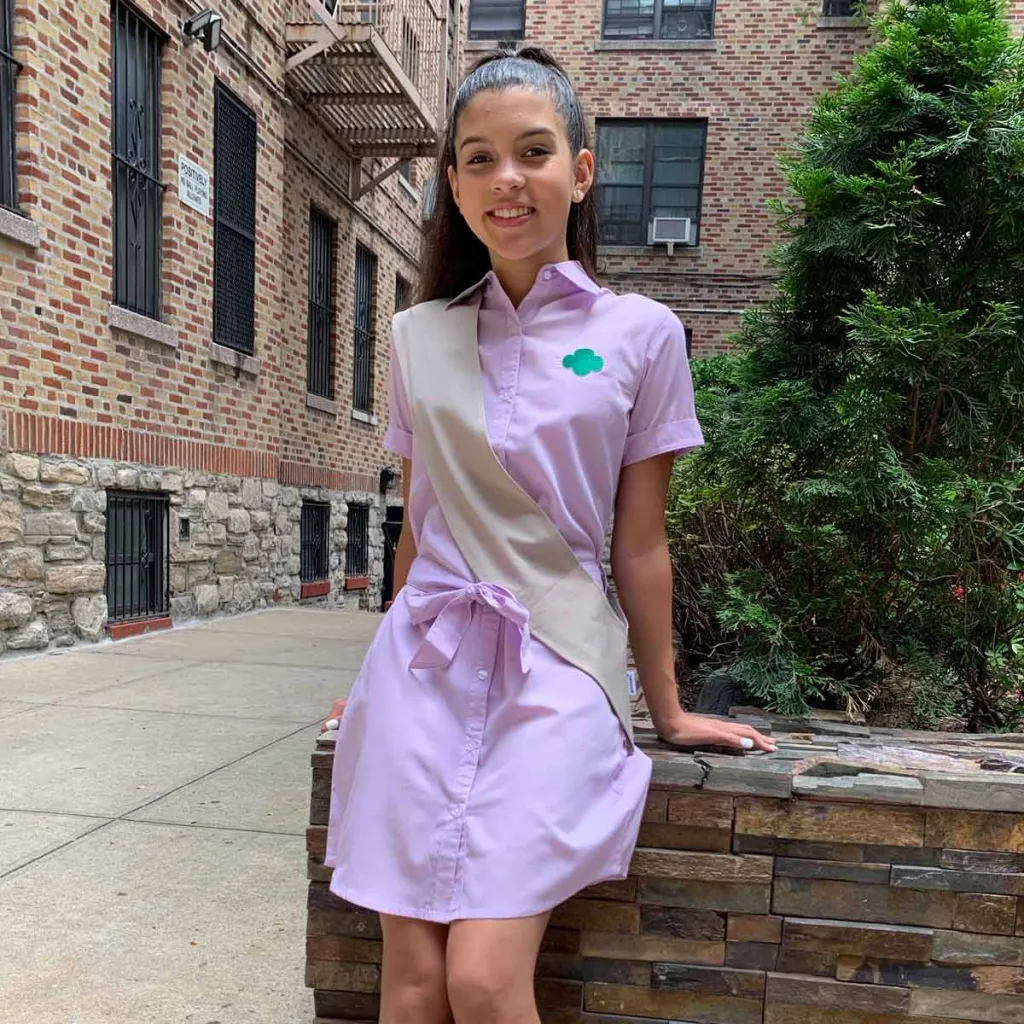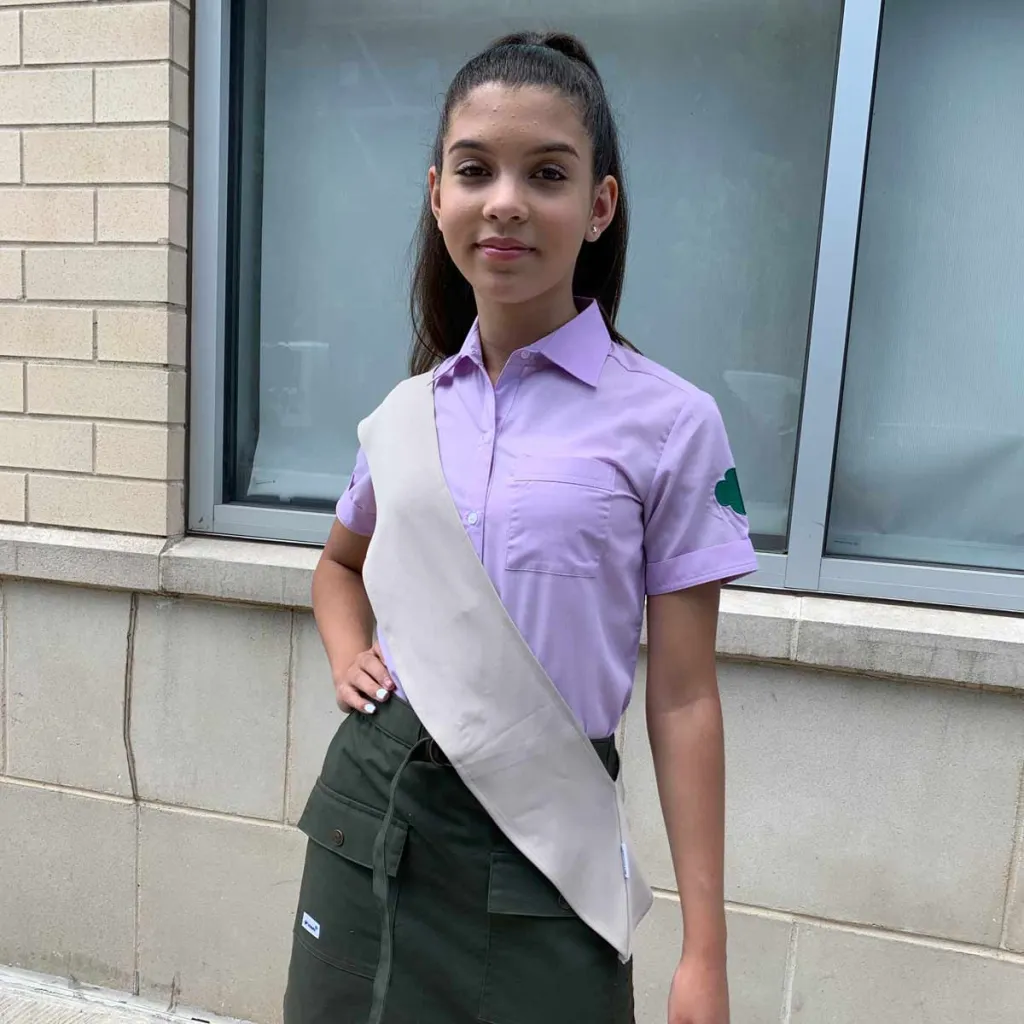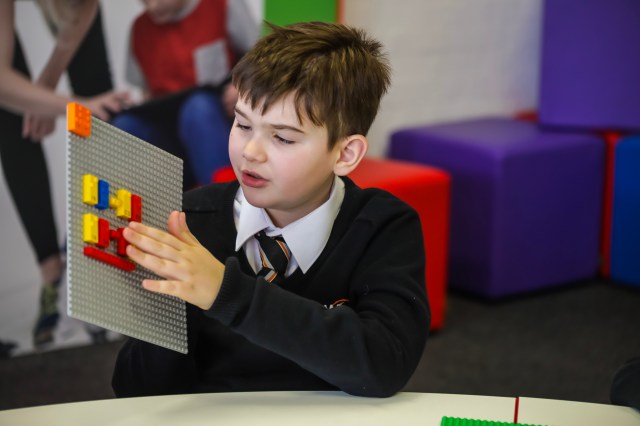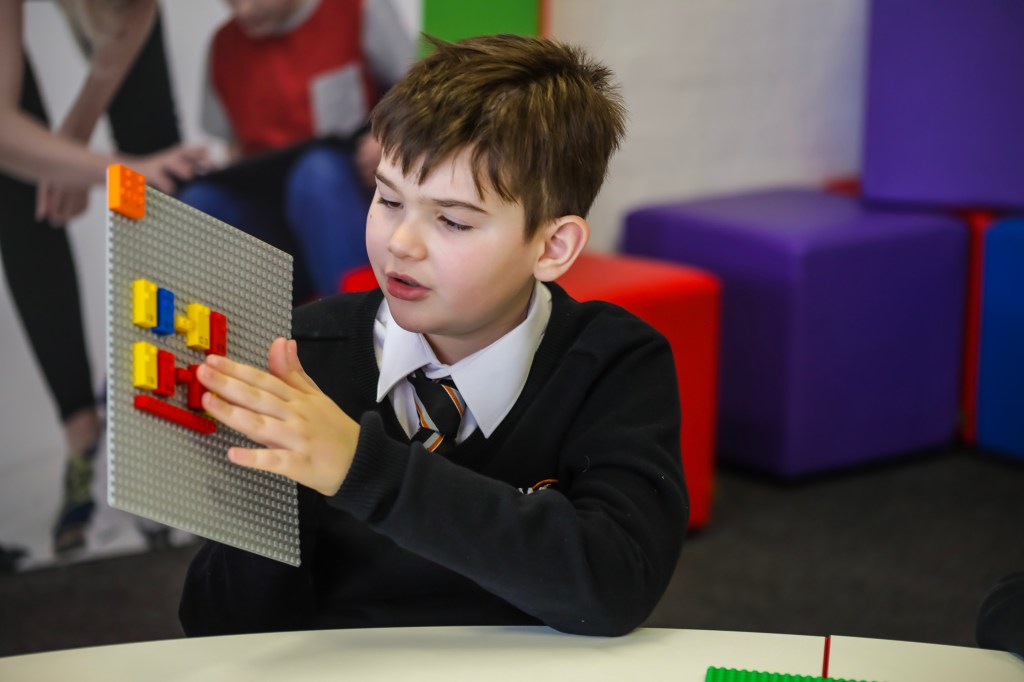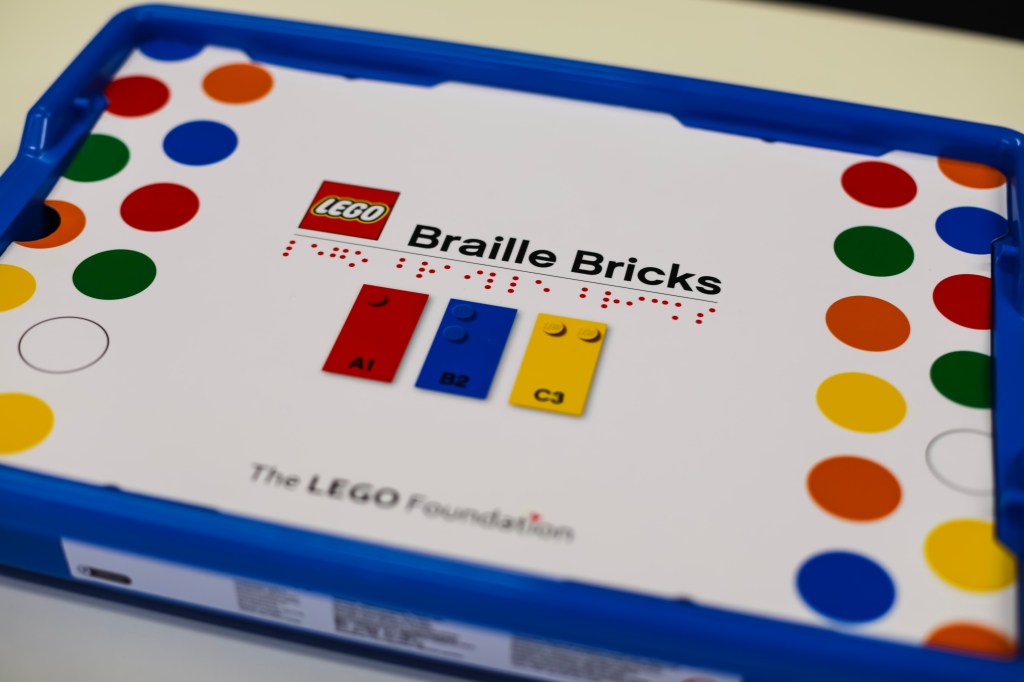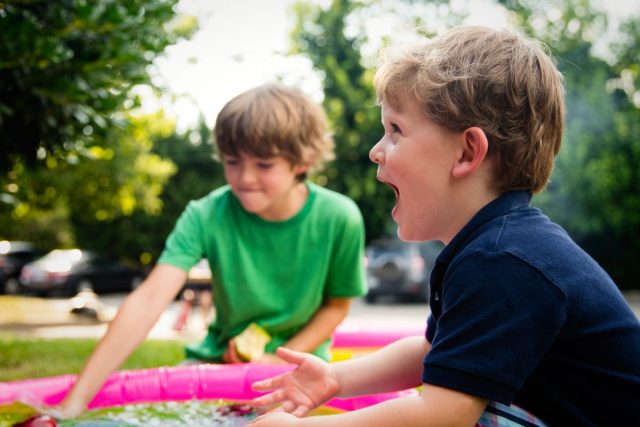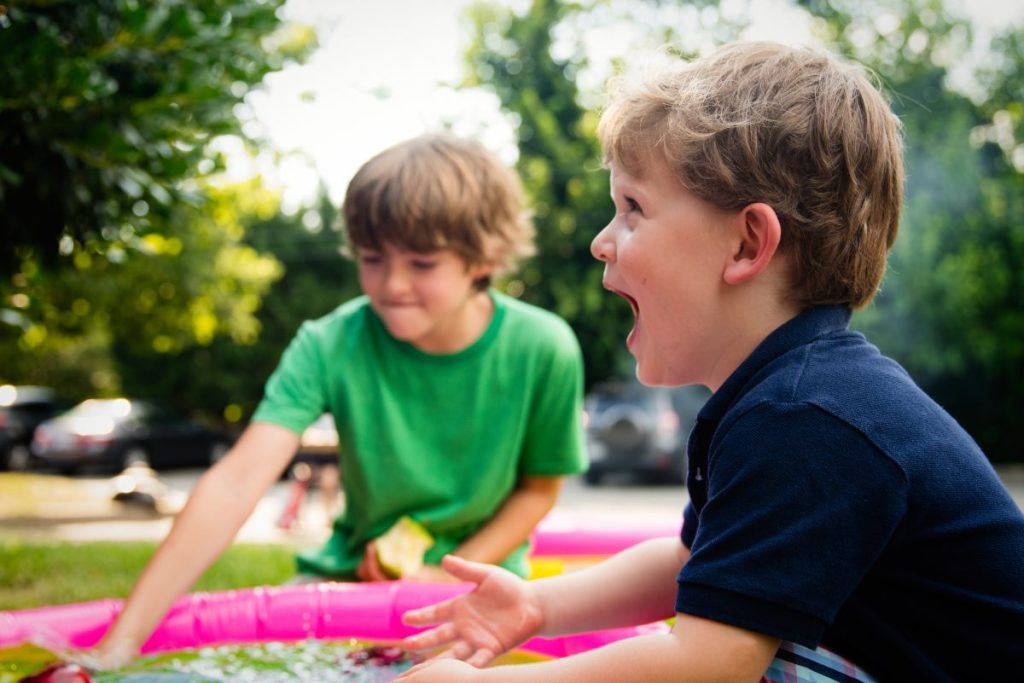Most SoCal kids are immersed in distance learning––so add some fun to their virtual classes (or play-dates!) with Zoom backgrounds that will show off their city spirit. From mama and baby hippo at the San Diego Zoo to a gorgeous bayside sunset, these playful screenscapes are sure to brighten up your student’s online school day.
USS Midway Museum

Your kids can take a screengrab of this absolutely gorgeous shot of San Diego's own USS Midway Museum––the largest aircraft carrier in the world that you can tour––to wow their classmates. Bonus: Did you know kids can score free admission to the USS Midway Museum now through Dec. 15th? Check out the details here.
Kelp Tank at Birch Aquarium

'Kelp' yourself to this soothing background from The Birch Aquarium. The gorgeous colors and serene marine life make us want to dive right in! Find similar backgrounds here.
Balboa Park

Stop classmates in their tracks with this magnificent shot of Balboa Park. And, if you're a Star Wars fan, you have to check out this galaxy of work. May the force, and the zoom background, be with you!
Petco Park

Stadium seats may be empty this year, but you can still root, root, root for the home team with this gorgeous shot of Petco Park. Just save the image to your computer and upload it as a "virtual background" to your chat. We're calling this a home run!
Lux Art Institute

Strike a creative chord with one of these artsy and beautiful backgrounds from Lux Art Institute in North County. We know all the mini-Monets out there will love this one.
Feeding San Diego

Want a super cool background that also spreads awareness for a very important San Diego cause? Try one of these Feeding San Diego branded zoom backgrounds. We can't think of a better way to show kindness and support a local movement than showing off one of these virtual backgrounds to the class.
Torrey Pines

Add some San Diego warmth to your online day with these picturesque backgrounds. These iconic shots from Torrey Pines and Windansea Beach bring a strong dose of joy to any zoom call.
San Diego Convention Center

Transform your room into a virtual reality by tapping into Visit San Diego's library of images. This one will have your little one wanting to take a stroll by the bay before dinner.
San Diego Zoo
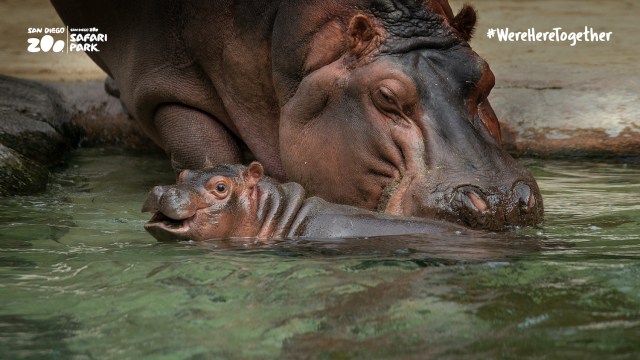
In this Zoom background, baby hippo Amahle is exploring her Lost Forest home with her attentive mother Funani. Animal lovers of all ages will go wild for these backgrounds from San Diego Zoo. Kids can choose from a wide array of creatures to grace their screen including giraffes, koalas, elephants, polar bears, rhinos and more.
Go Aztecs
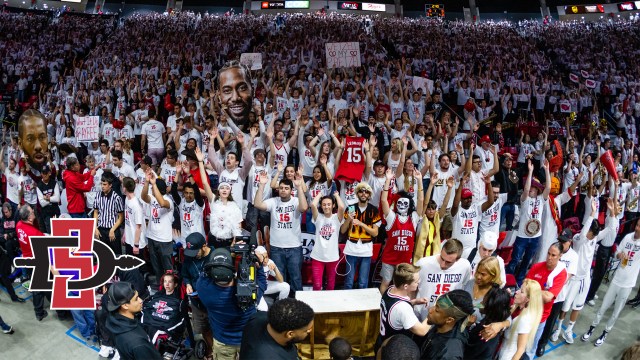
Because every kid wants to show off their (or their parents') favorite college sports teams, San Diego State University offers tons of Aztec spirit.
Scripps Pier

A shot of Scripps Pier at sunset is quintessential San Diego. The glistening Pacific Ocean and golden skies will make any virtual class feel a little more manageable. UC San Diego has plenty of gorgeous images of our shining city to download here.
––Aimee Della Bitta
RELATED STORIES:
7 Outdoor P.E. Activities for Kids in San Diego
My Kids Are Social Butterflies & Distance Learning is a Struggle
The Best Facebook Groups for San Diego Parents






